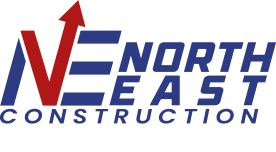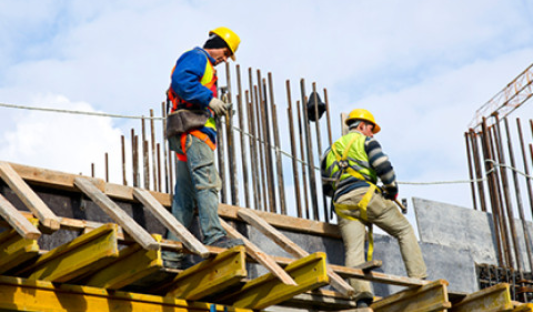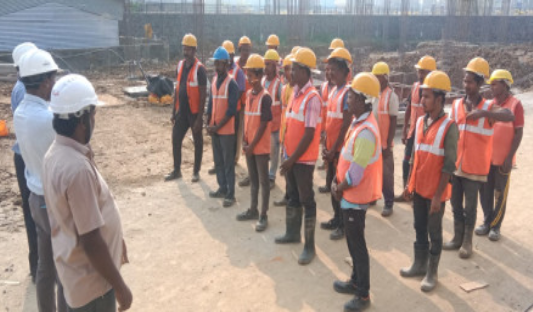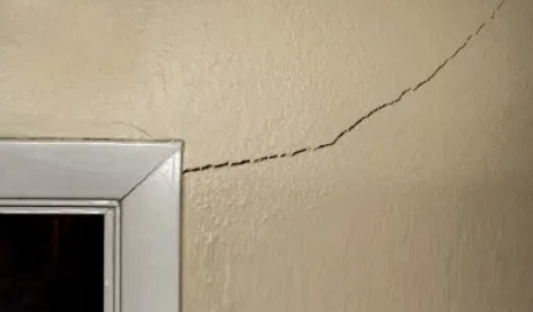” Poor quality construction” refers to situations where buildings, structures, or infrastructure are built with insufficient attention to detail, poor workmanship, and inadequate materials, resulting in a final product that fails to meet established standards of safety, durability, and functionality. Here are some key factors contributing to the lack of quality in construction:
Substandard Materials: The use of low-quality or inappropriate materials is a significant factor in the lack of construction quality. Inferior materials may not meet safety standards or may degrade rapidly, leading to premature deterioration of the structure.
Poor Workmanship: Inadequate skills, training, and supervision can result in poor workmanship during construction., all of which can compromise the integrity and aesthetics of the final product.
Non-Compliance with Standards and Codes: Failure to adhere to building codes, regulations, and industry standards can result in subpar construction quality. Building codes are established to ensure structural integrity, safety, and performance of buildings and infrastructure. Ignoring these standards can lead to unsafe or non-compliant structures.
Cost-cutting Measures: Pressure to reduce costs may lead to the use of cheaper materials, shortcuts in construction methods, or hiring of unqualified labor, all of which can compromise quality. Short-term cost savings may result in long-term maintenance issues , failure of building trust and increased lifecycle costs.
Inadequate Planning: Poor planning can contribute to construction quality problems. Incomplete or inaccurate planning , lack of coordination among team ,and officials , can result in construction errors and rework.
Time Pressure and Deadlines: Tight construction schedules and deadlines may result in rushed work, leading to errors, omissions, and safety hazards. Balancing the need for timely completion with maintaining construction quality is a challenge faced by many construction projects.
Addressing the poor quality in construction requires a multiple approach that involves improving materials selection, maintaining workmanship standards, enforcing a book of standards , and prioritizing long-term value over short-term cost savings. Investing in training and education for construction professionals on the addressing factors can help improve construction quality across the industry.






